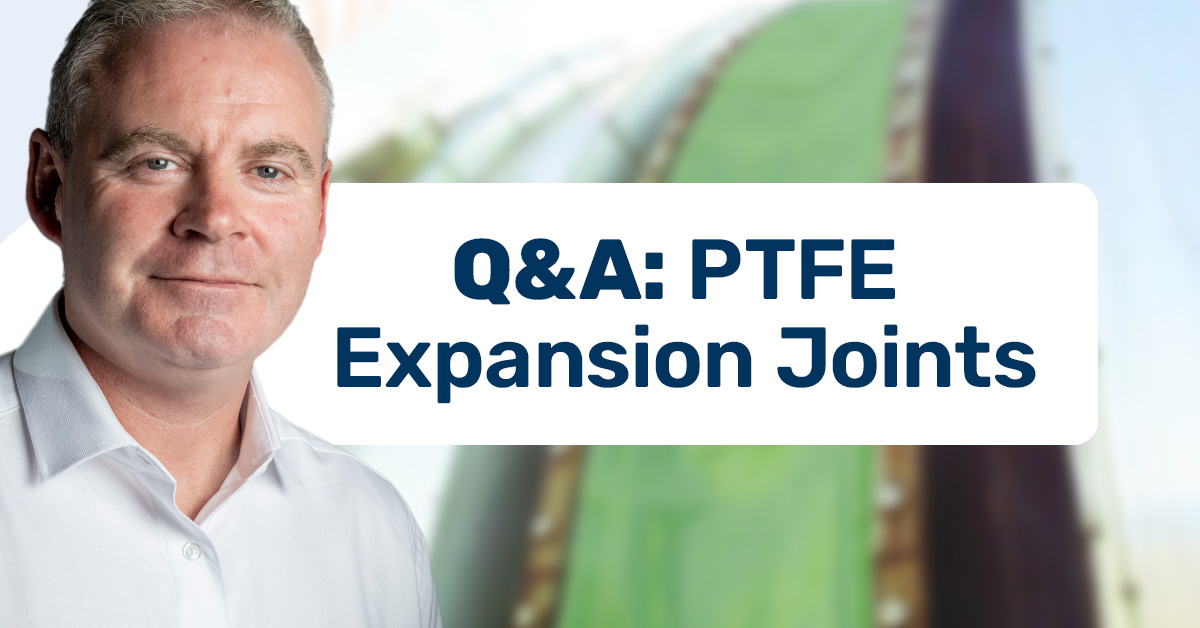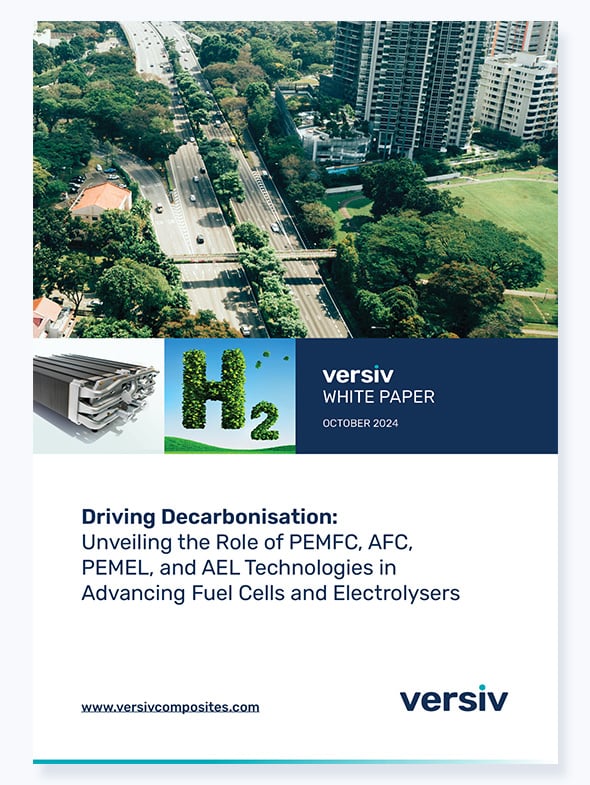

Q&A with John McInerney, Product Manager, Versiv Composites
Q: What is significant about the composition, in terms of layering of these joints?
John McInerney: Multilayer expansion joints are built with multiple layers, each serving a specific function. The outer cover of the expansion joint is typically coated with PTFE or elastomers for chemical resistance. Inside, gas-tight foils, insulating materials, and stainless-steel reinforcements provide structural integrity and thermal protection.
Multilayering means that if one barrier is compromised, the others remain intact. This is good for both safety and environmental protection.
Q: What should decision-makers look for when specifying expansion joints for these applications?
John McInerney: When choosing expansion joints for tough environments, it is best to focus on four key areas: they should resist corrosion, handle high temperatures, remain flexible, and be mechanically strong. PTFE-based options perform well in all these areas. Customisation also makes a real difference in our experience, and we work closely with our clients to create solutions that fit their unique requirements and meet any necessary certifications.

Q: Why are non-metallic expansion joints suited to harsh environments?
John McInerney: Non-metallic expansion joints, especially those made from PTFE, are a great fit for tough conditions. They don’t react easily with harsh chemicals, can handle both very high and low temperatures, and because they aren’t porous, they’re well-suited for use with challenging or aggressive materials. Also, the material's ability to flex in multiple directions—axial, lateral, and angular—helps absorb vibration and shock.
Q: How do PTFE-based materials enable composite expansion joints to prevent equipment failure in power and chemical processing plants?
John McInerney: Versiv Flueflex is a Versiv material made from a high-strength woven fiberglass base, offering excellent mechanical strength and flexibility. It is coated with a blend of fluoropolymer resins and finished on one side with a multi-layer cast PTFE film, which provides enhanced resistance to chemicals and permeation.
Flueflex PTFE composites are engineered to compensate for movement and misalignment in ducting systems. Their inherent flexibility absorbs thermal expansion, vibration, and even seismic events like earthquakes, which greatly reduces stress on connected equipment. The material not only minimises the risk of leaks or fractures but also extends the service life of the entire system. For plant operators, this means fewer unplanned shutdowns and more predictable maintenance schedules.
The key aspect to remember is the materials in these expansion joints can react, adapt and compensate for stresses, that would otherwise trouble structural integrity.
Q: Can you share a recent example where Versiv materials made a difference?
John McInerney: Absolutely. We worked with a large manufacturer in Germany to upgrade their expansion joint materials. By switching to Flueflex PTFE-coated fabric, we provided a product that offered flexibility, simplified installation and remained competitively priced. The client also appreciated the improved handling and option to incorporate Electrostatic Discharge (ESD) features.
Read our full case study for more detail: Insulation manufacturer benefits from new PTFE-coated fabric for expansion joints
Q: What makes Versiv stand out as a partner for expansion joint solutions?
John McInerney: What sets us apart is our knowledge of materials and collaborative approach to a project. Whether it’s a new plant or a refurbishment, our solutions meet and often surpass technical and operational requirements, and we are always keen that customers achieve long-term reliability and efficiency in their operations.
Interested in learning more?
Explore our latest case study or contact us to discuss your specific needs.




